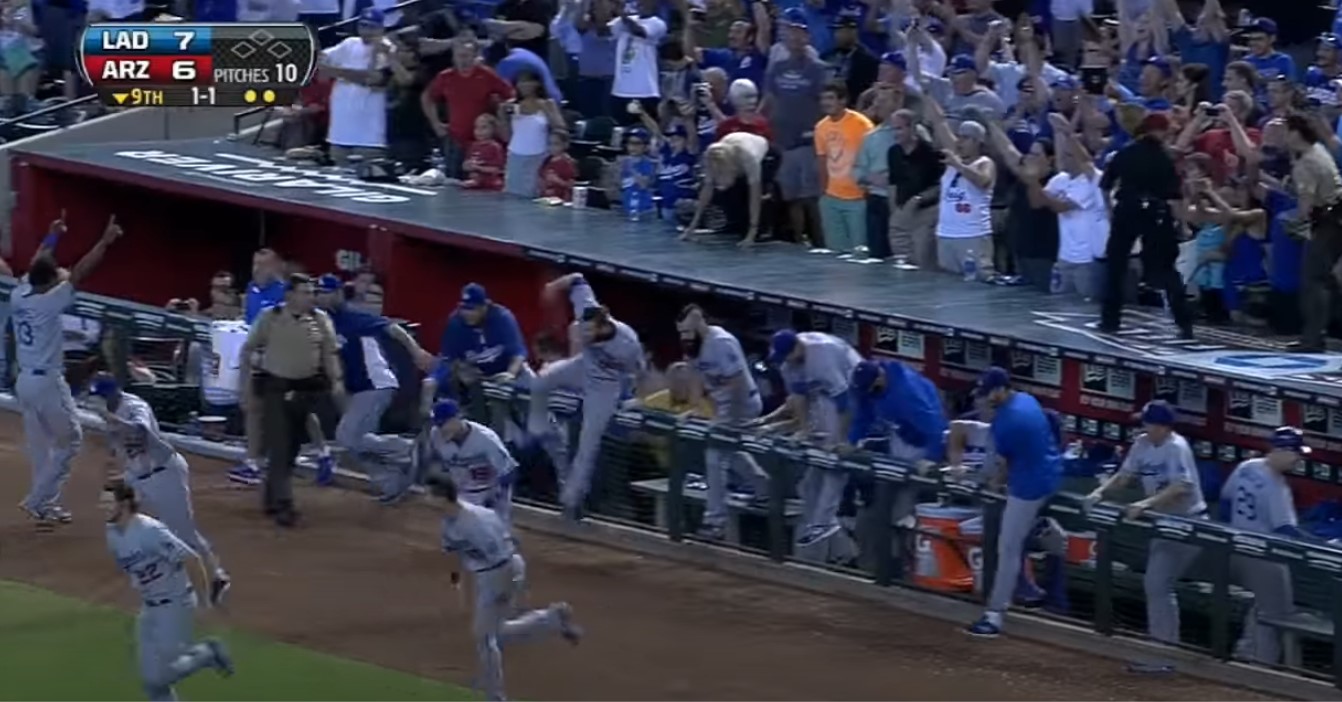Postseason Ends Quickly for the Punchless Reds
Cincinnati is named for Lucius Quinctius Cincinnatus, a patrician of the early Roman Republic, and a historical figure to whom a few legendary tales have been attributed. The story goes that Cincinnatus was called into duty, exercised absolute authority as dictator, then gave up his power and went home quietly. If postseason baseball can serve as an homage, the baseball team representing his namesake city got the “quietly” part of it right at least.
The Braves completed their two-game sweep of the Reds in convincing fashion on Thursday afternoon, winning 5-0 and advancing to the National League Division Series to face the winner of the Marlins and Cubs. Luis Castillo wasn’t quite as sharp as Trevor Bauer was in his Game 1 masterpiece, but he threw effectively for 5 1/3 innings, striking out seven and allowing just a single run.
| Player | Tm | Series | Game Score |
|---|---|---|---|
| Nolan Ryan | Houston Astros | 1986 NLCS Game 5 | 90 |
| Mike Mussina | Baltimore Orioles | 1997 ALCS Game 6 | 88 |
| Trevor Bauer | Cincinnati Reds | 2020 NLWC Game 1 | 87 |
| Mike Cuellar | Baltimore Orioles | 1973 ALCS Game 3 | 84 |
| Johnny Cueto | San Francisco Giants | 2016 NLDS Game 1 | 82 |
| Sherry Smith | Brooklyn Robins | 1916 WS Game 2 | 82 |
| Matt Moore | San Francisco Giants | 2016 NLDS Game 4 | 80 |
| Noah Syndergaard | New York Mets | 2016 NLWC Game 1 | 80 |
| Max Scherzer | Detroit Tigers | 2013 ALCS Game 2 | 80 |
| Homer Bailey | Cincinnati Reds | 2012 NLDS Game 3 | 80 |
| Mike Mussina | Baltimore Orioles | 1997 ALCS Game 3 | 80 |
| Bob Turley | New York Yankees | 1956 WS Game 6 | 80 |
| Jordan Zimmermann | Washington Nationals | 2014 NLDS Game 2 | 79 |
| Justin Verlander | Detroit Tigers | 2013 ALCS Game 3 | 79 |
| Justin Verlander | Detroit Tigers | 2013 ALDS Game 2 | 79 |
| Barry Zito | Oakland Athletics | 2001 ALDS Game 3 | 79 |
| John Smoltz | Atlanta Braves | 1996 WS Game 5 | 79 |
| Don Newcombe | Brooklyn Dodgers | 1949 WS Game 1 | 79 |
| Mordecai Brown | Chicago Cubs | 1906 WS Game 1 | 79 |
| Adam Wainwright | St. Louis Cardinals | 2009 NLDS Game 2 | 78 |


